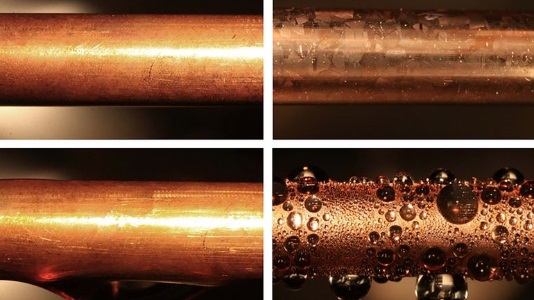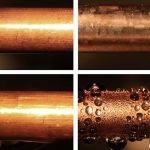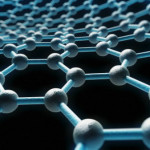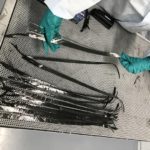Research conducted by a team of MIT scientists suggests that applying a layer of graphene to power plant condensers could significantly improve efficiency. Early testing indicates that use of the material is vastly superior to current methods, and its application could lead to huge monetary savings, as well as a positive impact on the climate.
The majority of power plants generate electricity by using steam to turn a turbine, with that steam then turned back into water to allow the process to start again. The MIT scientists believe that they’ve found a method of improving the efficiency of the condensers that collect the steam, and it could make a big difference to overall power plant efficiency.
The research focuses on improving condensers that collect water in thin sheets, covering their surfaces. Looking at how that film of liquid impedes heat transfer, the team decided to search for a way of improving water droplet formation on the surface of the condensers, thereby improving efficiency. Water-repellent polymer coatings are often used for this purpose, but they’re far from an ideal solution, often degrading quickly in the humid conditions of the plant.
To find a better alternative, the team turned to graphene – a very strong, conductive material that’s known to be hydrophobic. Both the ability of the material to shed water and its durability were tested in an environment of pure water vapor at 100 ºC (212 ºF) – the exact conditions you’d find in an active power plant.
The results showed that the graphene coating improved the rate of heat transfer by a factor of four, and further calculations indicated that optimization could lead to improvements of five to seven times that of existing methods. Furthermore, after two full weeks of testing, there were no signs of degradation.
Improvements to large scale chemical vapor deposition (CVP) graphene production, such as that recently unveiled by MIT, will be instrumental in the potential use of graphene in power plants. In fact, the team believes that the new method could be ready for real world testing in as little as a year.
It’s thought that the condenser improvements could lead to an overall power planet efficiency bump of 2 to 3 percent, translating to millions of dollars per power plant per year. Given the vast number of power plants that make use of condensers, that could translate into a big positive impact on global carbon emissions.














